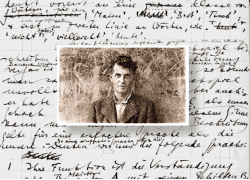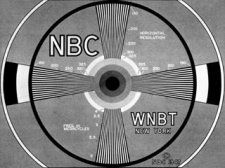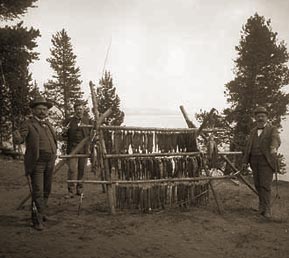
Language is coarse, filled with misunderstandings, hidden meanings, used by anybody for any purpose whatsoever. Language provides transit for information, misinformation, thoughts, images, vague feelings, strong emotion and indications of a vague direction. Many different signifiers can point to the same signified. And the signified is a use, a way of life, that assembles itself variously under different contexts.
Our craving for clarity gives rise to second-order languages, controlled vocabularies that attempt to rule out all ambiguity. A single signifier unequivocally bound to a single signified is an extension of Euclidean geometry to the properties of physical space.
An implication of Einstein‘s theory of general relativity is that Euclidean geometry is a good approximation to the properties of physical space only if the gravitational field is not too strong.
Unique spacial coordinates describe a single location. Names are substituted for numbers, or letters, in the Name Space. In the spheres of mathematics, logic, physics and computer programming unique objects are a requirement. To the extent that the system is without friction, noise or ambiguity, it will operate outside of time– a perfect perpetual motion machine. By definition the system must be closed, new elements would upset the delicate balance.
Wittgenstein’s Philosophical Investigations
120.
When I talk about language (words, sentences, etc.) I must speak the language of every day. Is this language somehow too coarse and material for what we want to say? Then how is another one to be constructed? –And how strange that we should be able to do anything at all with the one we have!
In giving explanations I already have to use language full-blown (not some sort of preparatory, provisional one); this by itself shows that I can adduce only exterior facts about language.
Yes, but then how can these explanations satisfy us? –Well, your very questions were framed in this language; they had to be expressed in this language, if there was anything to ask!
And your scruples are misunderstandings.
Your questions refer to words; so I have to talk about words.
You say: the point isn’t the word, but its meaning, and you think of the meaning as a thing of the same kind as the word, though also different from the word. Here the word, there the meaning. The money, and the cow that you can buy with it. (But contrast: money, and its use.)
121.
One might think: if philosophy speaks of the use of the word “philosophy” there must be a second-order philosophy. But it is not so: it is, rather, like the case of orthography, which deals with the word “orthography” among others without then being second-order.
The question of Internet Identity ends up being a tussle about binding organic and synthetic agents to a name space with the force of law. (Local law must submit to Federal law.) This intersection of human forms of life and unambiguous computing systems surfaces in the rise of social networks and the attempts of the semantic web movement to sanctify a second-order language. The most common example of this is the issue of claiming a username within the namespace of a particular service.
“You’re born, you know, the wrong names, wrong parents. I mean, that happens. You call yourself what you want to call yourself. This is the land of the free.” — Bob Dylan
Every John Smith cannot be John Smith within a namespace. In point of fact, the user with the username John Smith need not even be called John Smith. She might be Jane Doe. The “words” or “names” in the username are not actually words, they have an orthogonal relationship to language, they only need to function within the context of a particular computer program and its data schemas.
Oprah Winfrey recently joined the Twitter network. One of her first questions to Ev Williams was about how someone else could twitter as Oprah without actually being Oprah. Oprah’s name is a brand that is protected by the force of law.
In addition, Oprah is a member of Actor’s Equity which requires that each member have a unique professional name. Archibald Leach, Betty Joan Perske, Caryn Johnson, Frances Gumm and many others invented new identities for the unique namespace/brandspace of show business.
Remember: your professional name is your identity in a complex and ever-changing industry, and you may use it for 70 years – choose wisely!
The power of a username isn’t its value as a unique identifier within a computing system, it’s the value it has within a system of signifiers in our language as we speak it– in the rough and tumble world of everyday language. The value of the username “Oprah” was established through years of hard work outside of the communications system in which it was claimed. In Oprah’s case, a path was cleared for her by system admins to claim a particular name that matched her brand. Ashton Kutcher made a different choice with his username– his brand gave a unique string of letters a special value. (Username as code name, or nickname.)
As real life becomes entwined ever more deeply with the Network, it must accomodate– as Wittgenstein would call it, language full-blown, and life full-blown. A provisional or preparatory life that places arbitrary restrictions over its full depth starts out as comedy, but quickly becomes much more serious.
One Comment





